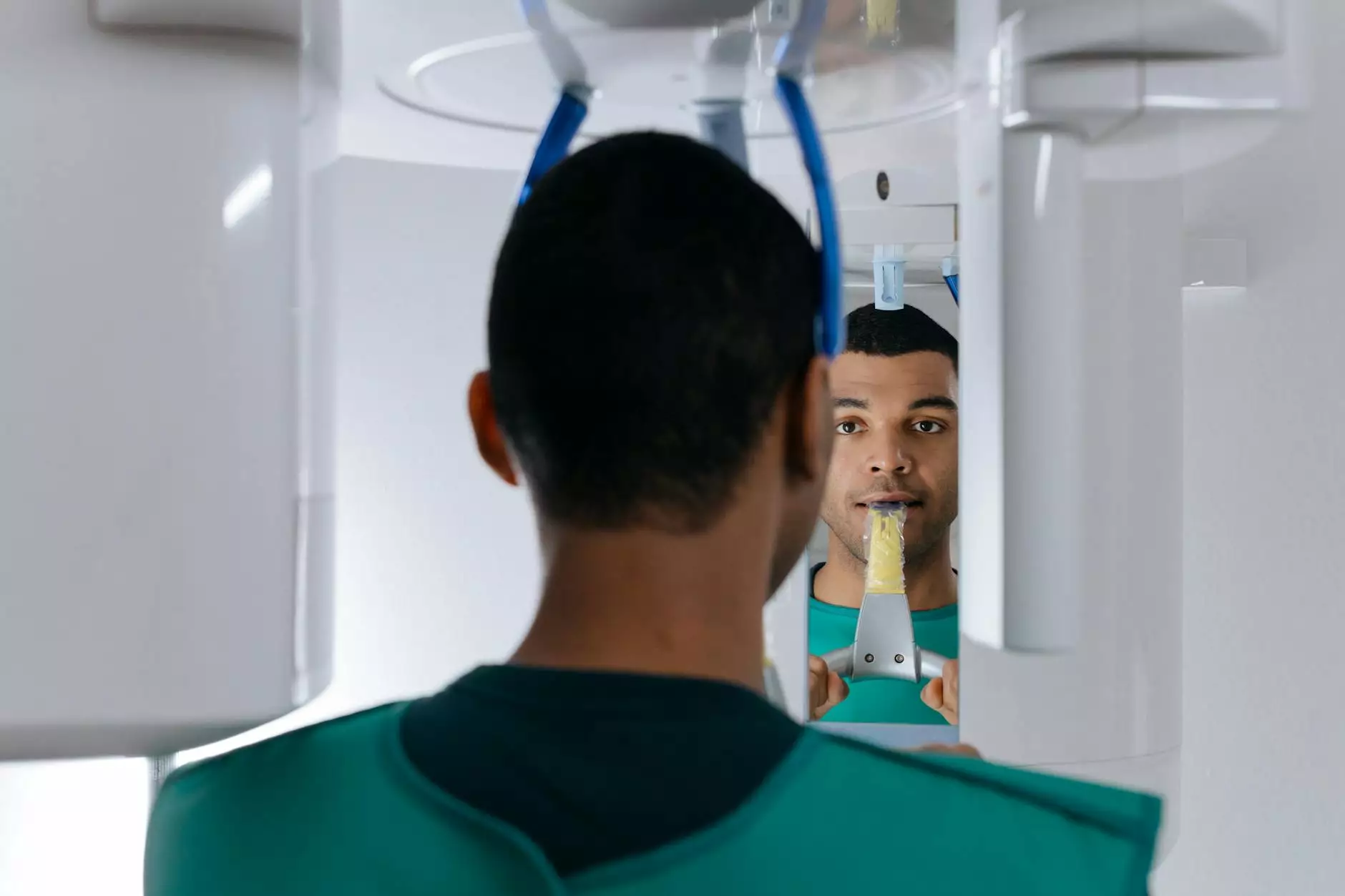Understanding Blood Clots in Your Legs

Blood clots in the legs can be a significant health concern, and understanding how they form is crucial for prevention and awareness. This article dives deep into the question: how do you get blood clots in your legs? By examining the causes, risk factors, and preventive measures, we aim to provide valuable information for those seeking knowledge about this condition.
What is a Blood Clot?
A blood clot is a gel-like mass formed by platelets and proteins in your blood. It is a natural response of your body to stop bleeding when you get injured. However, when blood clots form improperly or excessively, they can lead to serious complications, particularly when they develop in the veins of your legs.
How Do You Get Blood Clots in Your Legs?
Blood clots can develop in your legs due to several factors. Understanding these factors is essential in identifying the risk and recognizing the symptoms early on. Here’s a detailed breakdown:
1. Prolonged Immobility
Remaining inactive for extended periods can increase the risk of blood clots. Common scenarios include:
- Long flights or car rides
- Hospital stays where movement is restricted
- Sedentary lifestyle with little physical activity
In such cases, blood flow can slow down, leading to clots, particularly in the deep veins of the legs, a condition known as Deep Vein Thrombosis (DVT).
2. Medical Conditions
Certain medical conditions can predispose individuals to develop blood clots. These include:
- Heart disease
- Obesity
- High blood pressure
- Cancer and its treatments
- Surgery, especially orthopedic procedures
Such conditions can alter normal blood flow and increase clot formation risks.
3. Genetic Factors
Some individuals may inherit conditions that predispose them to blood clots. This includes hereditary thrombophilia, which affects the blood’s ability to clot properly. If you have a family history of blood clotting disorders, it is essential to discuss this with your doctor.
4. Hormonal Changes
Hormonal changes can influence clot formation. Women are at a higher risk during:
- Pregnancy
- Using hormonal birth control methods
- Hormone replacement therapy
These hormonal alterations can affect the blood's clotting mechanism.
Recognizing the Symptoms of Blood Clots
Understanding the symptoms is crucial for timely intervention. Common symptoms of blood clots in the legs include:
- Swelling: Often in one leg
- Pain: A cramping sensation in the affected leg
- Red or discolored skin: A change in skin color
- Warmth: The area may feel warmer than the surrounding skin
Complications from Blood Clots
If left untreated, blood clots can lead to severe complications, including:
1. Pulmonary Embolism (PE)
This occurs when a blood clot breaks loose and travels to the lungs, which can be life-threatening. Symptoms may include sudden shortness of breath, chest pain, or rapid heart rate.
2. Post-Thrombotic Syndrome (PTS)
Individuals who experience DVT may develop PTS, characterized by chronic pain, swelling, and skin changes in the affected leg.
Preventive Measures Against Blood Clots
While not all blood clots are preventable, certain measures can significantly reduce the risk:
1. Stay Active
Regular physical activity promotes healthy blood flow and reduces the risk of clots. Aim for at least 150 minutes of moderate-intensity exercise each week.
2. Stay Hydrated
Dehydration can thicken the blood, increasing clot formation risk. Ensure you drink adequate fluids throughout the day, particularly when traveling or in hot climates.
3. Wear Compression Stockings
These specially designed stockings can help improve circulation in the legs and may be recommended, especially during long travels or after certain surgeries.
4. Avoid Smoking
Smoking adversely affects circulation and increases the risk of clots. Quitting smoking can significantly lower this risk.
5. Regular Check-ups
If you have risk factors for blood clots, regular check-ups with your healthcare provider are essential. They can provide individualized advice based on your health status.
Conclusion
Understanding how do you get blood clots in your legs is fundamental for proper prevention and management. By recognizing the causes, symptoms, and taking appropriate preventive measures, individuals can reduce their risk of developing blood clots and associated complications. If you suspect you may have a blood clot, it’s crucial to seek medical attention promptly to ensure your health and well-being.
For more information about vascular health and specialized care, visit Truffles Vein Specialists.









